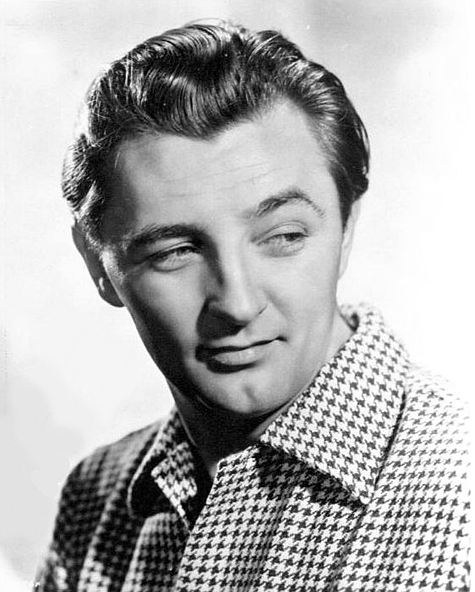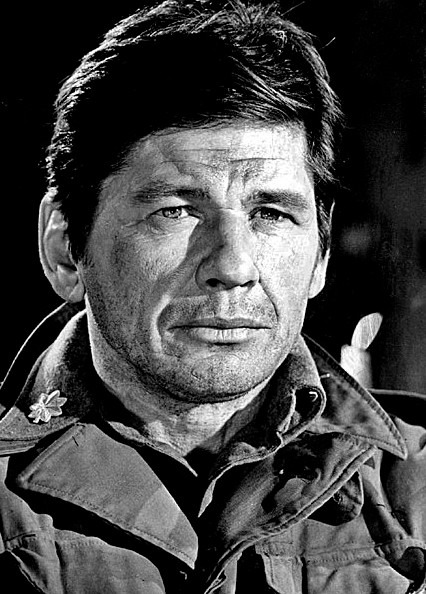From Casablanca to The Big Sleep: Bogart’s Best Movies to Watch Again
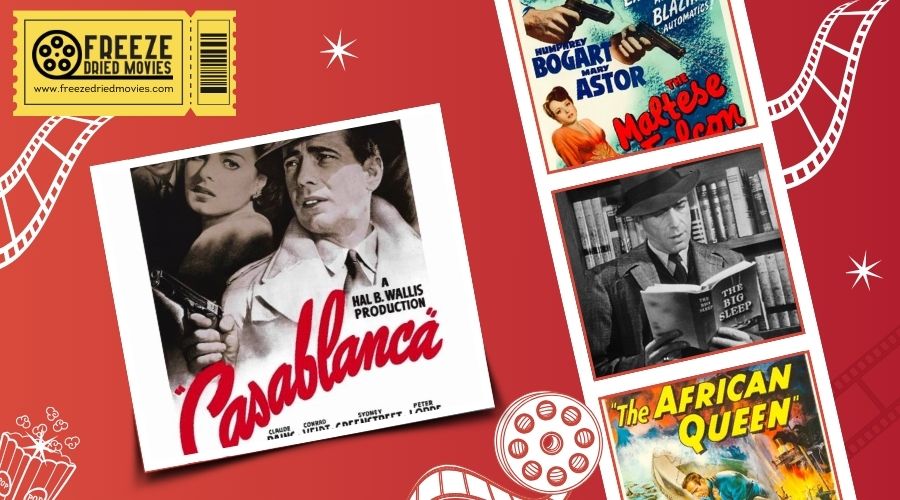
You're in for a treat with Humphrey Bogart's legendary films, starting with "Casablanca," where romance and wartime intrigue shine with unforgettable lines like "Here's looking at you, kid." Immerse yourself in "The Big Sleep" for its intricate plot and sharp chemistry between Bogart and Lauren Bacall. Don't miss "The Maltese Falcon," where Bogart's Sam Spade sets the standard for hard-boiled detectives.
For chemistry and wit, "To Have and Have Not" is a must-watch. Experience adventure with "The African Queen," showing Bogart's Oscar-winning charm. If you're curious about more crucial Bogart classics, the expedition is just beginning.
The Timeless Appeal of Casablanca
Since its release in 1942, Casablanca has captivated audiences with its blend of romance, drama, and wartime intrigue. You can't help but be drawn into the world of Rick Blaine, played by Humphrey Bogart, and Ilsa Lund, portrayed by Ingrid Bergman. Their passionate story of love and sacrifice unfolds against the backdrop of World War II, creating a timeless appeal that's hard to resist. The film won three Academy Awards, including Best Picture, cementing its place in classic cinema history. Bogart's portrayal of Rick, a jaded nightclub owner, earned him his inaugural Oscar nomination for Best Actor.
The sharp dialogue, crafted by Julius J. Epstein, Philip J. Epstein, and Howard Koch, enhances the film, giving it an enduring appeal. Lines like "Here's looking at you, kid" have transcended the screen to become cultural touchstones. The 1940s marked a pinnacle in Oscar history, with visionary directors and compelling performances shaping modern filmmaking. With a remarkable IMDb rating of 8.5 and a perfect Metascore of 100, you can see why Casablanca remains a cornerstone of classic cinema.
Whether you're watching for the initial or the hundredth time, Casablanca's timeless appeal and compelling narrative promise an unforgettable cinematic experience every time.
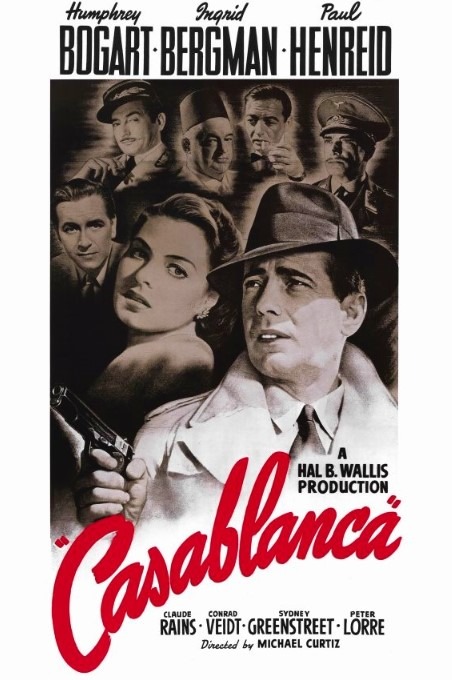
Unraveling The Big Sleep
The Big Sleep, directed by Howard Hawks in 1946, plunges you into a tangled web of mystery and intrigue with its labyrinthine plot. Humphrey Bogart stars as Philip Marlowe, the quintessential private detective, maneuvering a complex plot filled with twists and turns. As you explore deeper into this film noir classic, you'll find yourself captivated by the moody cinematography that paints a shadowy world of crime and corruption. Bogart's portrayal of Marlowe is central to the film's enduring appeal. His sharp dialogue, delivered with a mix of wit and cynicism, breathes life into the complex plot.
The on-screen chemistry between Bogart and Lauren Bacall, in their third cinematic collaboration, adds an electrifying dynamic. Their interactions offer moments of tension and allure, enhancing the film's atmospheric depth. Bogart's rugged exterior combined with nuanced vulnerability defines Marlowe as a classic cinematic antihero. The screenplay, adapted by literary heavyweight William Faulkner and Leigh Brackett, contributes to the film's intricate narrative.
While the plot's complexity can sometimes lead to confusion, it also invites you to engage yourself in its world, piecing together the mysteries alongside Marlowe. The Big Sleep remains a hallmark of film noir, showcasing Bogart at his best.
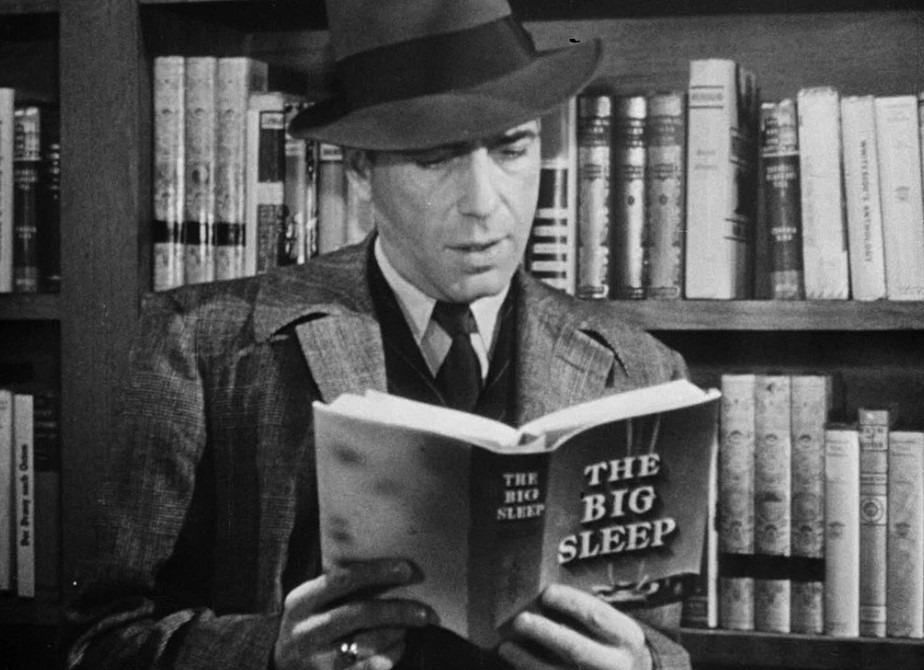
The Impact of The Maltese Falcon
While The Big Sleep enthralls with its intricate narrative, another masterpiece firmly establishes Humphrey Bogart's place in cinematic history: The Maltese Falcon. In this seminal film noir, Bogart steps into the shoes of Sam Spade, the archetype of the hard-boiled detective. Adapted from Dashiell Hammett's novel, the film showcases Bogart's signature tough-guy persona, cementing his legacy in Humphrey Bogart movies.
Directed by John Huston, The Maltese Falcon is a cornerstone of the film noir genre, renowned for its complex characters and morally ambiguous storytelling. Bogart's portrayal of Sam Spade is both nuanced and compelling, capturing the essence of a detective maneuvering through a world where the lines between right and wrong blur. Influenced by hard-boiled crime fiction authors, this performance helped define the detective genre and influenced countless portrayals of detectives in both film and literature.
The film's impact is further underscored by its three Academy Award nominations, including Best Picture. Its iconic imagery and memorable lines, like "The stuff that dreams are made of," have permeated popular culture, making The Maltese Falcon a timeless reference in cinematic history. It revitalized interest in detective stories, leaving a lasting legacy.
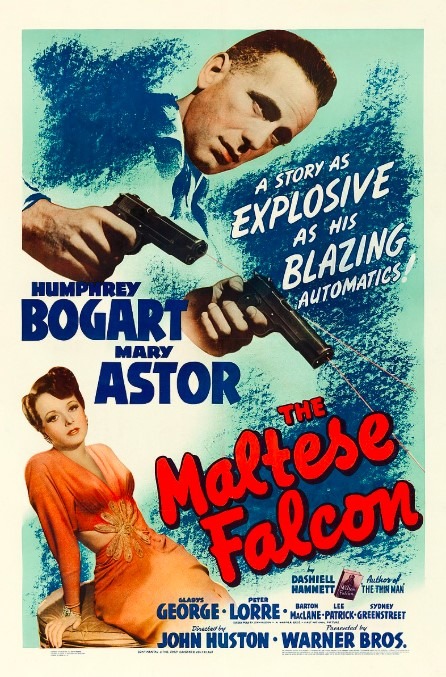
Chemistry in To Have and Have Not
Igniting the screen with palpable chemistry, To Have and Have Not introduced audiences to the electric pairing of Humphrey Bogart and Lauren Bacall. This film marked Bacall's film debut, and from the moment she delivered the iconic line, "You know how to whistle, don't you?", the chemistry between Bogart and Bacall was undeniable. Their on-screen dynamic not only captivated viewers but also laid the groundwork for their legendary off-screen romance.
Set against the backdrop of the island of Martinique and the Sierra mountains, the movie intertwines adventure and romance, with Bogart playing a fishing boat captain who aids the French Resistance. His tough-guy persona shines through, solidifying his status as a leading man. Bacall's sultry presence and sharp wit complement Bogart's rugged charm perfectly, creating a magnetic pull that makes every scene between them unforgettable.
Director Howard Hawks masterfully crafted an environment where their chemistry could flourish, setting a new standard for romantic pairings in film. The success of To Have and Have Not helped establish Bacall as a major star and reinforced Bogart's prominence, leading to their future collaborations that further enchanted audiences. The film exemplified the trend of challenging traditional gender roles in Hollywood, much like Ingrid Bergman's performances did in the 1940s.
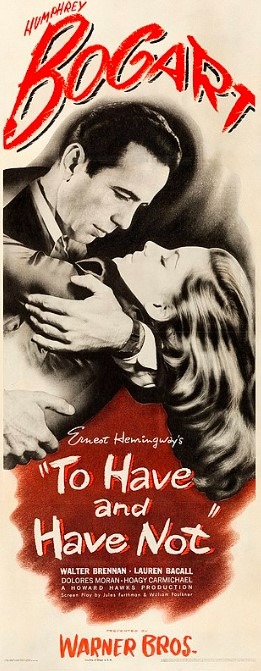
The Adventure of The African Queen
Humphrey Bogart's on-screen charisma continued to dazzle audiences in The African Queen. Playing the role of Charlie Allnut, a rugged, drunken riverboat captain during World War I, Bogart sets off on an unforgettable expedition alongside Katharine Hepburn's character, a determined missionary named Rose Sayer. The film takes you on a thrilling voyage as they navigate the perilous waters of Africa with an audacious plan to attack a German warship. Bogart's portrayal of Allnut is both gritty and endearing, earning him the prestigious Academy Award for Best Actor. His performance is a masterclass in character development, as you witness Allnut transform from a reluctant hero into a man of courage and conviction. The chemistry between Bogart and Hepburn is electric, adding layers of depth to their evolving relationship amidst the chaos of war. The film marked a pivotal moment, displaying Bogart's versatility as he transitioned from film noir to an adventure role. The African Queen is celebrated for its adventurous spirit and is a shining example of classic cinema. With a runtime of 1 hour and 45 minutes, it captivates with its unique blend of adventure and romance. This film remains influential, showcasing Bogart at his best, making it a must-watch for any cinema enthusiast.
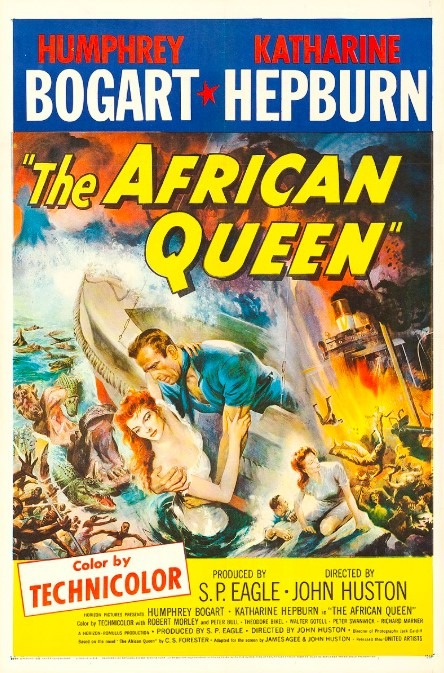
Intrigue in Key Largo
Set against the backdrop of a raging hurricane, Key Largo engulfs you in a gripping tale of suspense and moral conflict. Humphrey Bogart takes center stage as Frank McCloud, a war veteran seeking comfort in a Florida Keys hotel. You find yourself drawn into a world where moral ambiguity reigns supreme, as McCloud faces off against the menacing gangster Johnny Rocco, played with chilling intensity by Edward G. Robinson. The film expertly weaves a narrative of heroism and criminality, challenging McCloud to confront his own principles in the face of overwhelming danger.
The tension in Key Largo is palpable, with the hurricane's fury mirrored by the storm brewing inside the hotel walls. Bogart's chemistry with Lauren Bacall, portraying his love interest and wartime widow, adds emotional depth amidst the chaos. As the characters are trapped together, the claustrophobic setting amplifies the film noir essence, leading to dramatic confrontations that keep you on edge. Each scene builds to a crescendo, making you question who will emerge unscathed.
The film's exploration of moral dichotomies mirrors the clear conflicts seen in 1940s Western cinema, where heroes and villains were distinctly defined. Key Largo remains a cornerstone of Bogart's illustrious career, lauded for its exploration of human resilience against the backdrop of inevitable destruction.
View this post on Instagram
Nicholas Ray's direction plunges you into the shadowy depths of *In a Lonely Place*, where Humphrey Bogart delivers one of his most nuanced performances. As a psychological thriller, the film invites you to navigate the turbulent mind of a lonely man battling signs of mental instability. Bogart plays a troubled screenwriter, suspected of murder, whose charm and volatility create a character rich in complexity. His portrayal is a masterclass in embodying noir elements, making you question the thin line between innocence and guilt. The film's unique initial-person perspective immerses you in the protagonist's paranoia and emotional turmoil. You feel the weight of isolation and moral ambiguity pressing down, as the mystery of the murder unfurls. Ray's direction guarantees you're not just a passive observer but an active participant in this tense narrative. The psychological and supernatural horror themes of the 1940s influenced this film, enhancing its exploration of inner fears and moral dilemmas. Adapted from Dorothy B. Hughes's novel, *In a Lonely Place* stands as a seminal work in film noir, influencing countless films with its exploration of darkness within. Bogart's complex performance leaves you pondering the depths of human nature, making this film a must-watch for fans of the genre seeking a gripping, introspective experience.The Drama of The Caine Mutiny
Exploring In a Lonely Place



